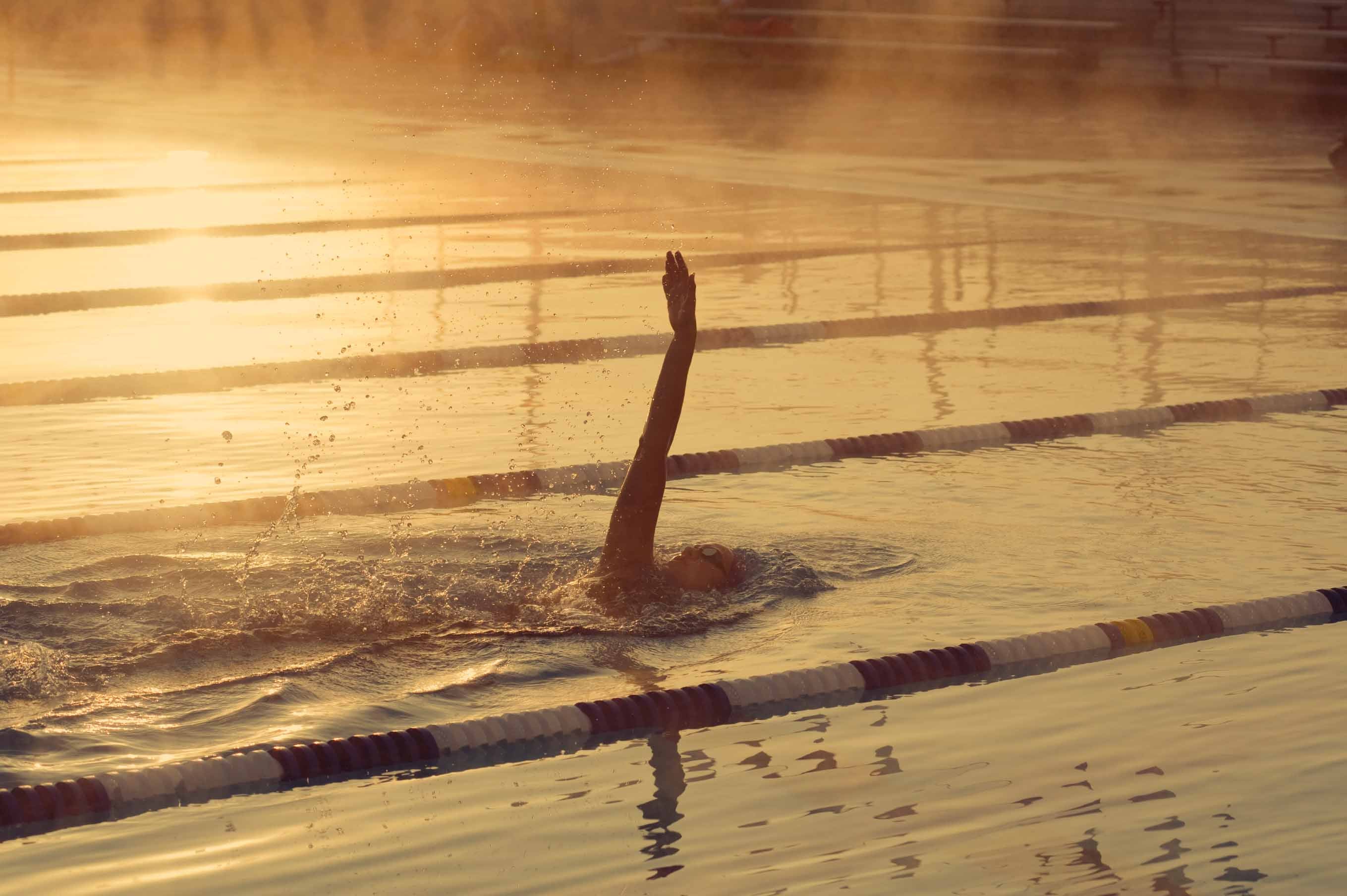Identify Your Safety Swim Stroke

Photo: iStockphoto
Know your “safety stroke” to give yourself a break during workouts and races.
A safety stroke is one that you are comfortable doing in open water when you are feeling tired, anxious, or just need to adjust your goggles. Its main purpose is to allow you to catch your breath and lower your heart rate at any moment during an open-water swim. Occasionally using a stroke other than freestyle can make your race experience more enjoyable and relaxed. The goal is to become so comfortable with your secondary stroke of choice that your automatic reaction when stressed in the water is to immediately switch to your safety stroke instead of panicking or having any other kind of unproductive reaction.
It’s not uncommon to need a little “time-out” break during the first leg of a triathlon. Prepare for the unexpected by knowing more than just the freestyle stroke before you start a race.
Practice makes perfect
Practice safety strokes during regular swim workouts to get comfortable and proficient.
– Backstroke, or kicking on your back, is one great way to take a break to catch your breath. With your face up to the sky, you can breathe uninhibited, and goggles can easily be adjusted and emptied of water from this position.
- Breaststroke with your head out of the water is a good way to lower your heart rate and relax. It is also a great way to find the course buoys if you are disoriented.
Add these strokes during warm-up and cool-down, or substitute rest on the wall with an easy lap of your safety stroke.
RELATED:
– Open-Water Training In The Pool
– Adapt Your Race Stroke For Open-Water Swimming
– Open-Water Swim Series For Triathletes: The Dolphin Dive
– Tips For Relieving Open-Water Swim Anxiety
– Open-Water Swimming Tips For Beginners
– Need Open-Water Swimming Practice? Try These Tough Events